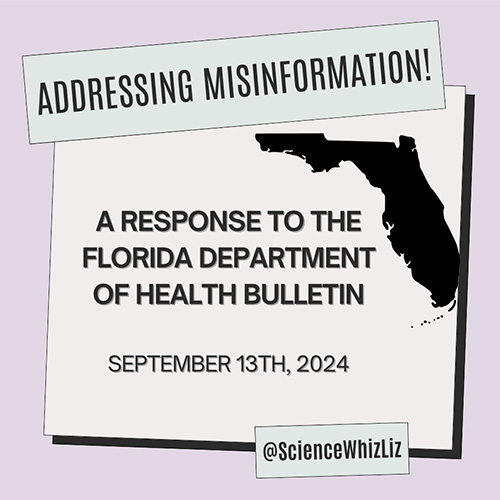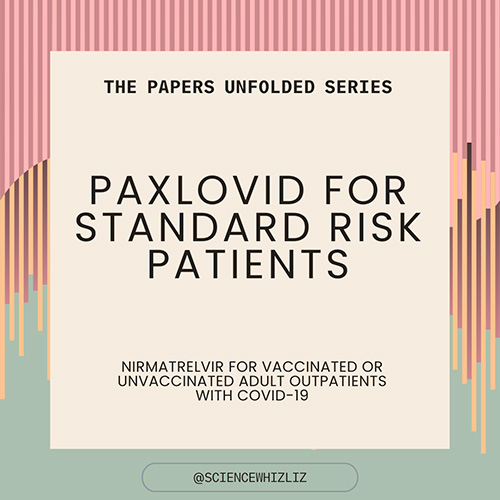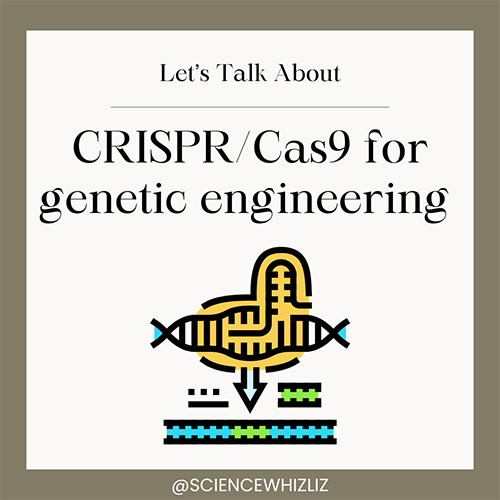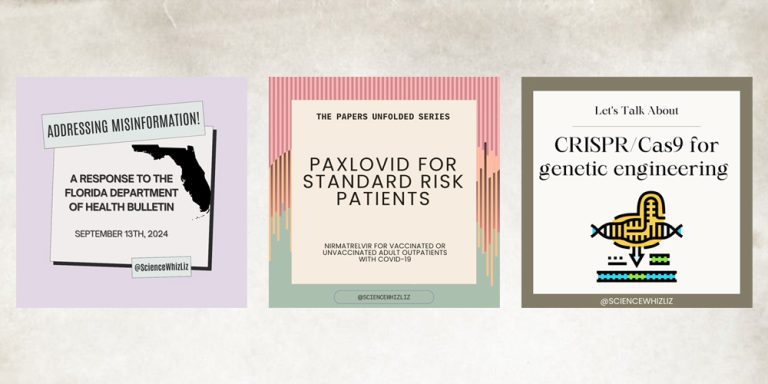I grew up in an anti-science, anti-vaccine household. The science was not discussed or supported, which is why I was not vaccinated until I was in my 20s. Despite this, I discovered my love of science at school, where amazing teachers saw my talent. With their support, I became a scientist and earned a doctorate. and postdoctoral fellowship. These experiences taught me that having access to science education can make all the difference.

During the COVID-19 pandemic, my social media feeds have been flooded with childhood connections sharing misinformation. I distinctly remember an article claiming that drinking bleach could prevent infections. I was horrified and wondered if and how I should react.
Social media has a negative reputation for understandable reasons: there are inherent factors problems with its use, such as spreading misinformation and forming echo chambers, areas in which you only see information and perspectives that match your own. More than half of the world uses social media, with YouTube, Facebook, Instagram and TikTok being one of the best platforms. More than half of American adults say they get their news from social media. For better or worse, social media is an integral part of modern life.
As a scientist and educator, I was skeptical about using social media for science education. I never intended to grow a following on social media. However, due to my upbringing, I felt compelled to respond to these anti-science messages and attempt conversations with those who were confused by the misinformation. I started writing articles explaining why masking helps prevent viral spread and why information was changing so quickly. Soon people started sharing these posts from my personal page, which prompted me to create a public Instagram account.

My goal, then and now, is to make science understandable for everyone.
Throughout 2020, my public account began to grow and I began to collaborate with others scientists, medical professionals and public health workers on messages related to widespread misinformation and disinformation.
I now advocate for the use of social media for science education. I have over 35,000 subscribers, mostly women ages 25-55 in the United States and Canada. Through these followers sharing my content, my posts have reached hundreds of thousands of people, a reach far beyond what I can achieve in person.
In the midst of an era where anti-science sentiments are growing in America, I feel like I’m creating a positive impact.
Why do people follow scientific accounts, and does it make a difference?
In the spring of 2024, I asked my Instagram followers to share why they followed my science account. I received over 200 responses that fit into these five areas:
- To read understandable information in bite-sized chunks.
- To hear and understand new research findings that may not be covered by traditional media.
- To save time in learning, since they do not need to go elsewhere to find the information.
- To interact directly with scientists and experts.
- To avoid media spin.

I also asked my followers to share the impact that the science accounts they followed had on their lives. Hundreds of people responded that Scicomm accounts were beneficial to them.
For example, one follower wrote to me that “the most impactful outcome of all the science communicators I started following during (COVID-19) was knowing how to ask better questions and think more critically about issues.” information provided. You (social media science communicators) have so carefully and thoughtfully analyzed different information and how it came to light, which has given me the skills to start doing it myself.
Don’t just take my word for it. Another of my subscribers wrote This item about his experience. She writes that information from social media accounts has changed her position on vaccination.
Unfortunately, scientific misinformation will inevitably spread on social media. Developing accurate and accessible scientific accounts takes a lot of time and effort. This can be frustrating because misinformation and disinformation are often spreads more quickly. However, increasing the amount of science-accurate content in the social media stratosphere is creating a positive impact by drowning out the noise.
Ultimately, my view on the importance of this work goes back to my upbringing. My mother told me my pediatrician wouldn’t take the time to answer her questions about vaccines. She didn’t know where or how to get the answers she needed. In the end, she did what she thought would keep me safe and avoided vaccines. This experience set her on an anti-medicine and anti-science path that continues to cause many negative health impacts.
Science communication on social media helps us reach people who might never enter a formal science classroom or otherwise interact with a scientist. It helps me reach people like my mother who simply want to do their best to keep themselves and their families safe in a world filled with public health threats and misinformation and misinformation. It is worth both the time and effort.


